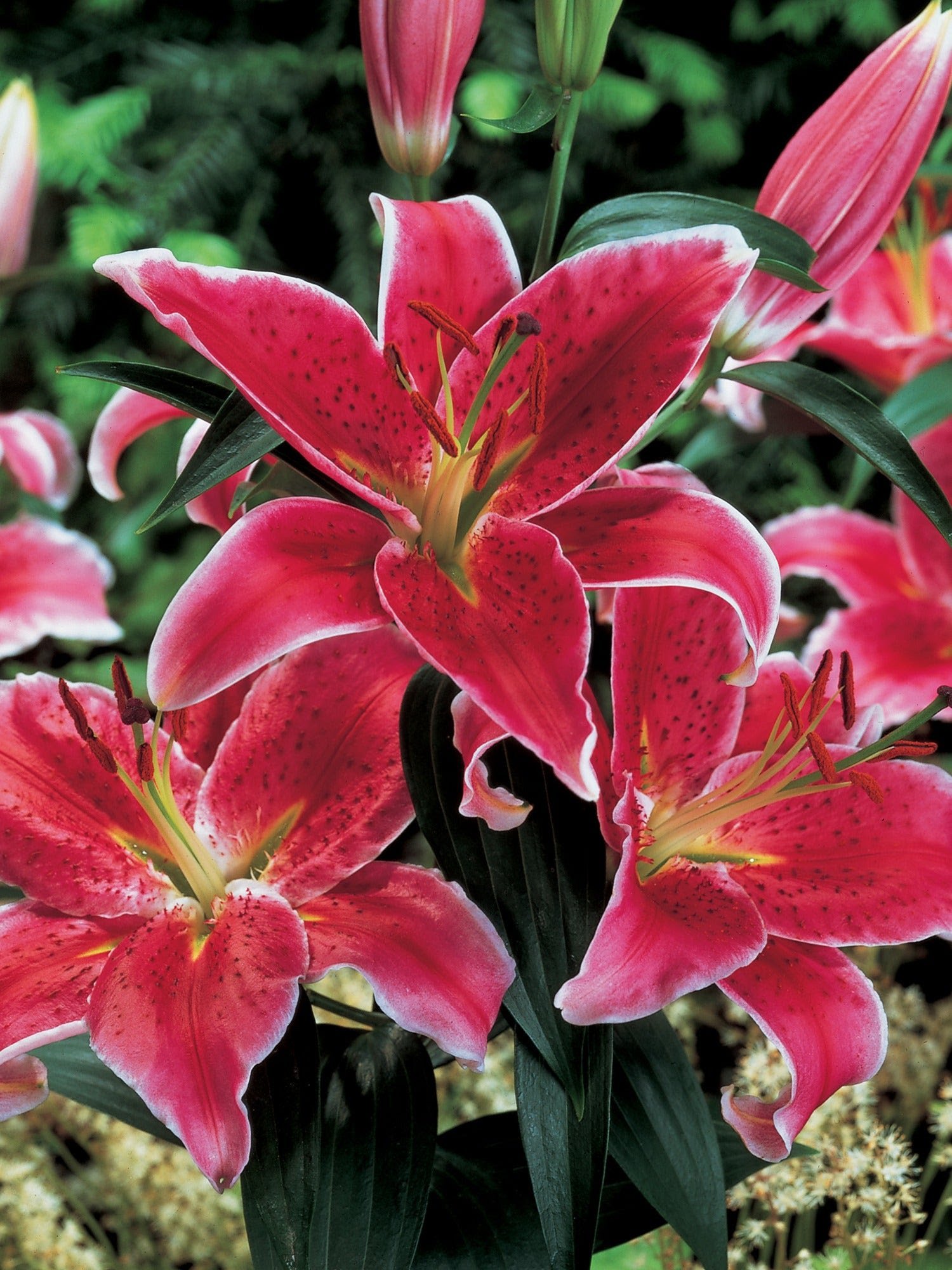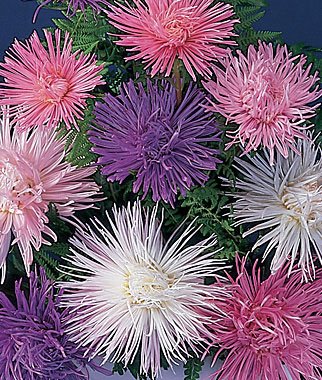Skykeepers
The Skykeepers Space is a space-themed garden and stargazing program dedicated to the Black radical imagination and the liberatory possibilities of outer space. It is located within the #BreathingRoom Gardens and Farm in Chicago, IL.
Skykeepers is offered in loving tribute to the #LetUsBreathe collective, as well as the Black abolitionist community in Chicago and beyond, whose labors tend the growth of freedom dreams into the future.
Initial installation and planting of the Skykeepers space, May 2023.
What’s Growing Here?
The plants growing in the Skykeepers Space have multiple relationships to outer space. Some, like the zinnia, are plants that have been grown in space. Others, like the galaxy petunia, have colors and patterns that recall the beautiful patterns of the cosmos. Yet others, like arugula, have been grown in space and have names related to space (arugula’s other common name is rocket!). Yet others are sensitive to daylight and night time. See below for a complete guide to the space, and each of the plants. The Skykeepers Space is very newly planted, so many plants are still quite small. Tread carefully, and come back throughout the season to see how everything grows!
Why a spiral?
The garden bed in the Skykeepers Space is a spiral shape, but it’s no ordinary spiral: the center of the spiral is elongated, with the spiral arms extending off the ends of this center “bar”. This shape is the same as the shape of the Milky Way Galaxy, the collection of hundreds of billions of stars that our Sun is part of. If we could fly into deep space and look back at our Galaxy, this is the shape we would see.
An image of galaxy NGC 1300, a barred spiral galaxy that likely looks similar to our home galaxy, the Milky Way. Image taken by the Hubble Space Telescope. Credits: NASA, ESA, and The Hubble Heritage Team (STScI/AURA); Acknowledgment: P. Knezek (WIYN)
Galaxy petunias
“Night Sky” or “galaxy” petunias have flowers that are deep purple or burgundy, with specks of white that resemble a starry night sky. The burgundy variety also often has a solid yellow star in its center.
The Skykeepers Space has two varieties of petunias: deep purple, and burgundy. See how the burgundy petunias are planted closer to the center of the spiral flower bed? There’s a reason for that! In our galaxy, the stars closer to the center of our galaxy tend to have redder colors, because many are an older variety of star known as red giants (our own star, the Sun, will one day become a red giant in its old age, around a billion years from now). Further away from center, out in the spiral arms of the Galaxy, stars tend to be younger and bluer. The reddish burgundy shade of the central petunias, and the bluer purple shade of the outer petunias, recalls this color gradient of stars in our Galaxy.
These varieties of petunias are not edible, so please enjoy them with your eyes.
Zinnias
In 2016, zinnias became the first flower to be grown in the International Space Station’s Veggie Facility.
The zinnias growing in the Skykeepers Space are a variety called “Starlight Rose”, white flowers with a fuchsia star pattern in their inner petals, surrounding a yellow center.
In addition to being beautiful, zinnia flowers are also edible! All plants grown in the #BreathingRoom Gardens and Farm are free of pesticides, herbicides, or other forms of commercial chemical crop control. Feel free to pick some to take home for your salad, or a fresh cake decoration!
Pentas
Pentas are a flowering plant that makes clusters of tiny star-shaped flowers. The variety growing in the Skykeepers Space is “star cluster red”, red blooms with white centers. These pentas flowers recall a kind of small red star, a “red dwarf” or “M dwarf”, that makes up the most common stars in our Galaxy. These stars are smaller and redder than the sun, and live torso long that no red car has reached the end of its life in the entire history of the universe,
Irish moss
These mounds of fluffy moss represent clouds of gas and dust in the spiral arms of the Galaxy. These clouds are where new stars are born, first shrouded by the cloud, and eventually blowing the cloud away to reveal themselves. Similarly, if you look closely at the moss, you might notice tiny, white, star-like flowers hiding amidst the green.
stargazer lily
Stargazer lillies are named for their skyward-facing blooms. These lillies were first bred relatively recently, in 1974, prior to which most lily blooms drooped down towards the Earth.
Lithodora
Lithodora is a small, evergreen shrub that flowers. The variety in the Skykeepers Space is “White Star”, whose flowers are white with blue outlines. Much like the flowers in the little round lithodora shrub, many stars live in clusters together. One particular kind of star cluster is called a “globular cluster”, where stars are born and grow old together. In some globular clusters, there are stars known as “blue stragglers”, aging stars that retain a bluer color as they age.
Rocket
You may have met this spicy green by its other name: arugula! Rocket is an edible plant often used in salads, where it adds a unique peppery flavor. It is, of course, also the name given to the way humans have propelled themselves and other technologies into space.
Night-Blooming Jasmine
Despite its name, this flowering plant is not a relative of jasmine at all— it is actually part of the same family as potatoes! Its name comes from its heavenly scented flowers, which release their perfume at night.
Asters
Asters get their name from there star-shaped, daisy-like flowers (which are also often compared to fireworks). They are known for their colorful flowers, and also for being a favorite food plant for butterflies and moths.

















